How DC/DC Chargers Work: Charging a House Battery from the Alternator
The world of renewable energy and battery charging is vast and intricate. One of the essential components in this realm is the DC/DC charger. This device plays a pivotal role in ensuring that house batteries, often used in RVs, boats, and off-grid homes, receive an optimal charge from a vehicle's alternator. Let's dive deep into the technical intricacies of how DC/DC chargers function.
1. Introduction to DC/DC Chargers
A DC/DC charger is a device that converts a source of direct current (DC) from one voltage level to another. It's especially crucial for charging secondary batteries while you're on the move. Unlike traditional chargers, a DC/DC charger ensures that your house battery receives the best possible charge in the shortest time, regardless of its type or the voltage level of the alternator.
2. The Need for DC/DC Chargers
When charging a house battery directly from an alternator, several issues arise:
-
Voltage Mismatch: Alternators are designed to charge starter batteries, not deep-cycle house batteries. The voltage output from an alternator might not be optimal for your house battery, leading to undercharging or overcharging.
-
Incomplete Charging: Without a DC/DC charger, the house battery might not receive a full charge, reducing its lifespan and efficiency.
-
Battery Chemistry: Different batteries (AGM, Lithium, Gel) require different charging profiles. A DC/DC charger can adjust its output based on the battery type.
3. How DC/DC Chargers Work
Let's break down the process:
3.1. Sensing Phase
The charger first senses the voltage level of the starter and house batteries. This initial phase ensures that the charger doesn't begin its operation if the starter battery is below a certain voltage, ensuring the vehicle can always start.
3.2. Boost Phase
Once the charger determines it's safe to charge, it enters the boost phase. Here, the charger provides a constant current, raising the house battery's voltage to a predetermined bulk voltage. This phase is the first and fastest stage of battery charging.
3.3. Absorption Phase
After reaching the bulk voltage, the charger switches to the absorption phase. The voltage remains constant, but the current gradually decreases. This phase ensures the battery is charged up to its maximum capacity.
3.4. Float Phase
Once the battery is almost fully charged, the charger enters the float phase. It reduces the voltage slightly and maintains a trickle charge to keep the battery at 100% without overcharging it.
4. The Role of the Alternator
The alternator's primary role in a vehicle is to supply power to the vehicle's electrical system and charge the starter battery. When you introduce a house battery into the mix, the alternator has to work harder. A DC/DC charger ensures that the house battery gets an optimal charge without overloading the alternator.
5. Multi-stage Charging Process
DC/DC chargers use a multi-stage charging process to ensure the battery is charged quickly and safely. This process adjusts the charging rate depending on the battery's state, ensuring longevity and efficiency.
6. Benefits of Using a DC/DC Charger
-
Optimal Charging: Ensures the house battery receives the right voltage and current.
-
Battery Protection: Protects against overcharging or undercharging, extending battery life.
-
Versatility: Can charge different types of batteries, adjusting its profile accordingly.

 Solar Charge Controllers
Solar Charge Controllers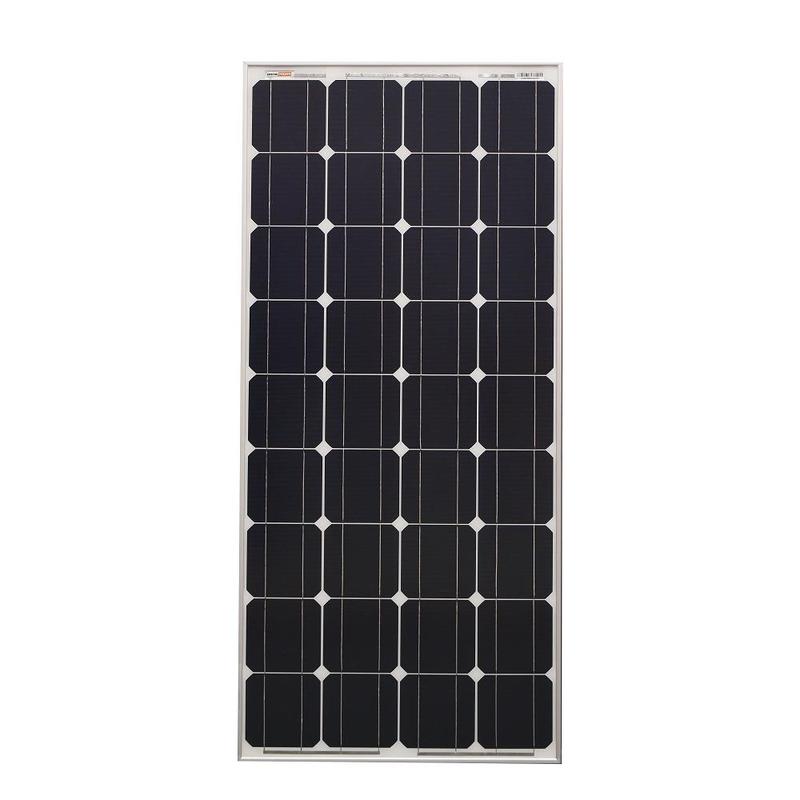 Rigid Solar Panels
Rigid Solar Panels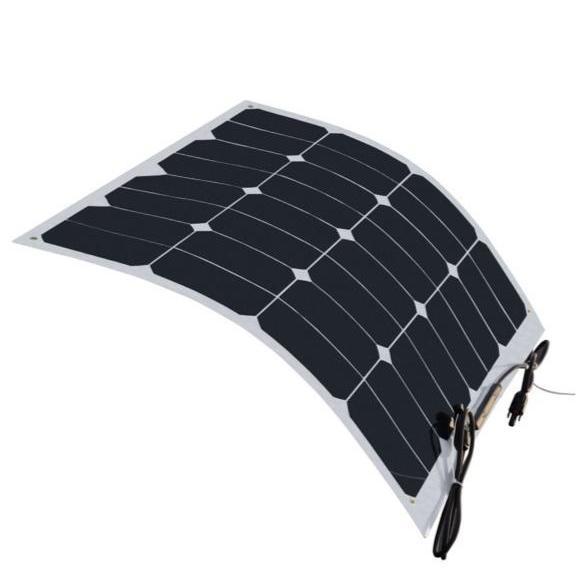 Lightweight Solar Panels
Lightweight Solar Panels ABS
ABS Tile & Tin
Tile & Tin Ground Mounting
Ground Mounting See All
See All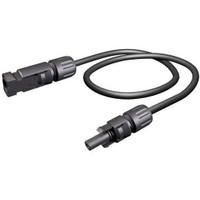 Solar Cables
Solar Cables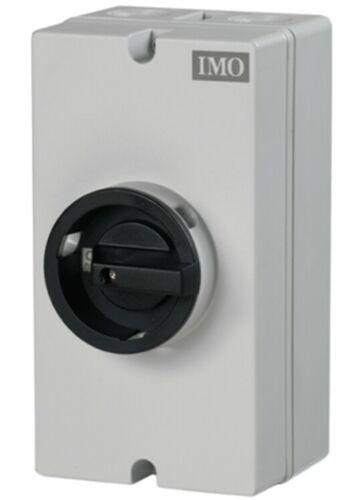 Solar Isolators
Solar Isolators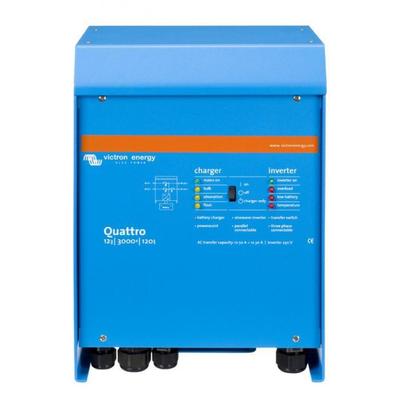 Inverter Chargers
Inverter Chargers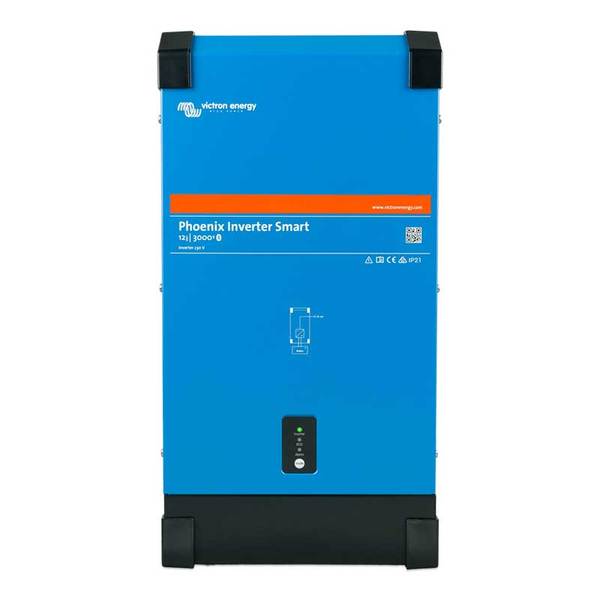 Inverters
Inverters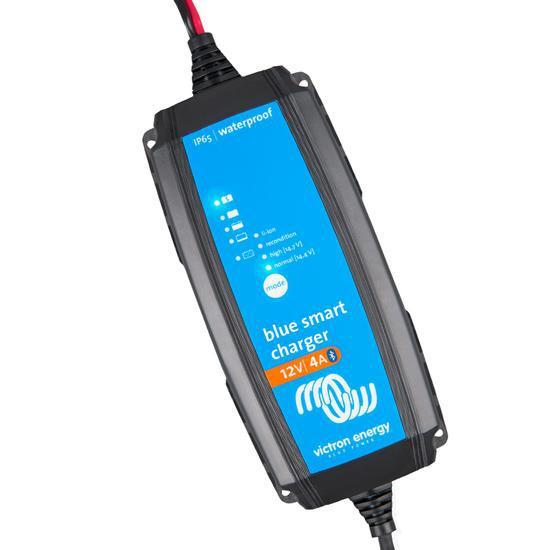 Battery Chargers
Battery Chargers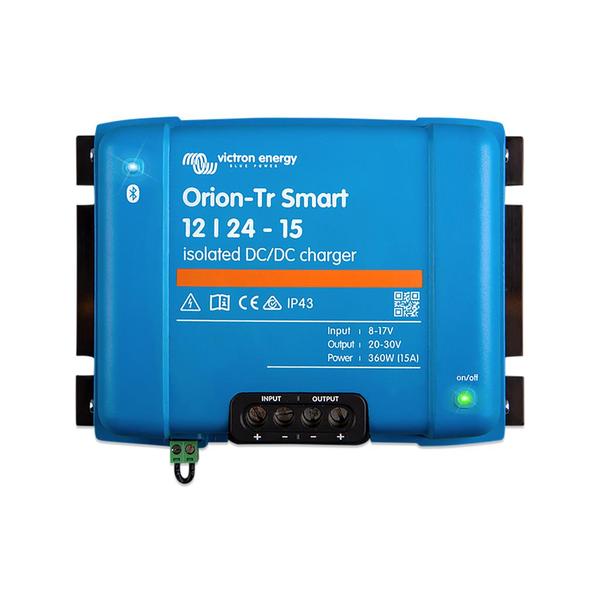 DC/DC Chargers
DC/DC Chargers 12V lithium batteries
12V lithium batteries 24V lithium batteries
24V lithium batteries 36V lithium batteries
36V lithium batteries 48V lithium batteries
48V lithium batteries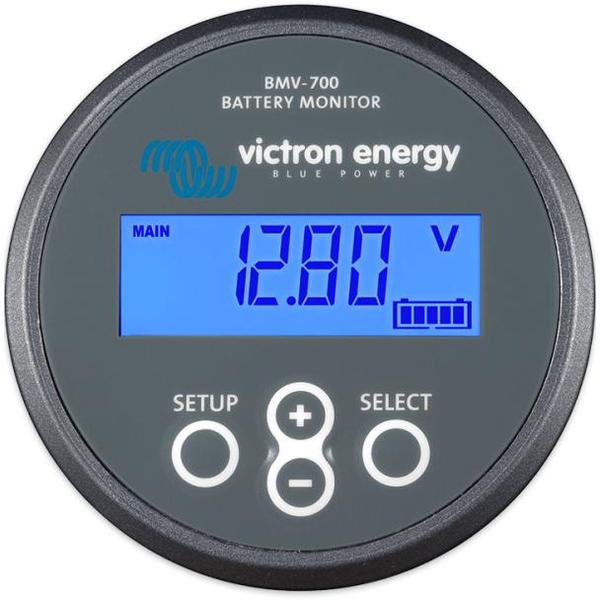 Battery Monitors
Battery Monitors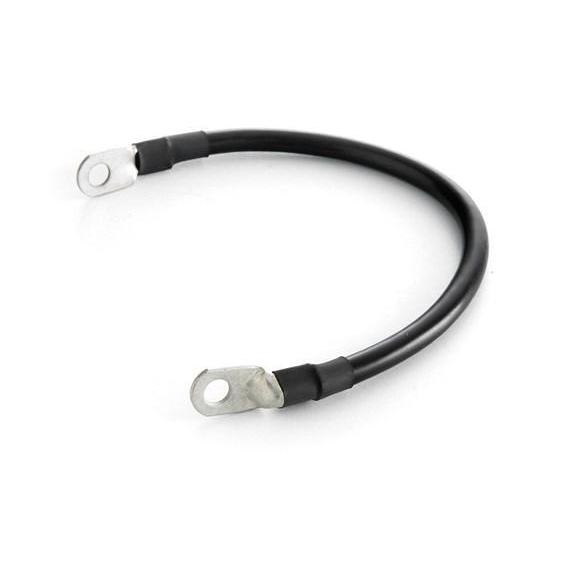 Battery Cables
Battery Cables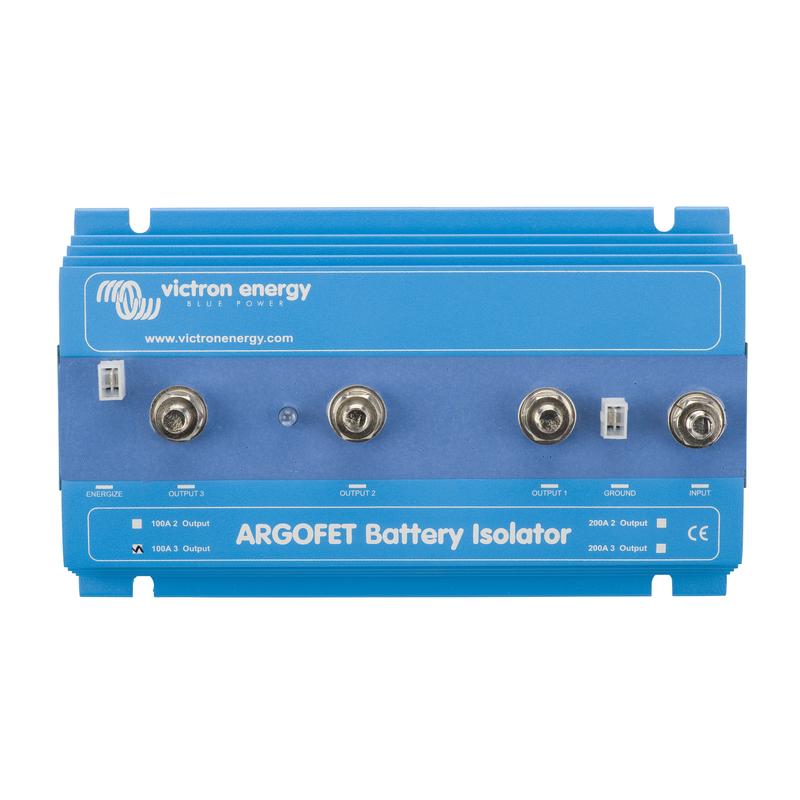 Battery Isolators
Battery Isolators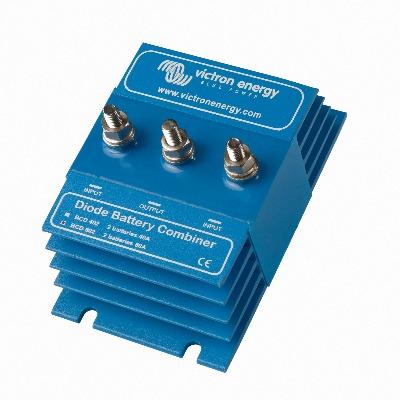 Battery Combiners
Battery Combiners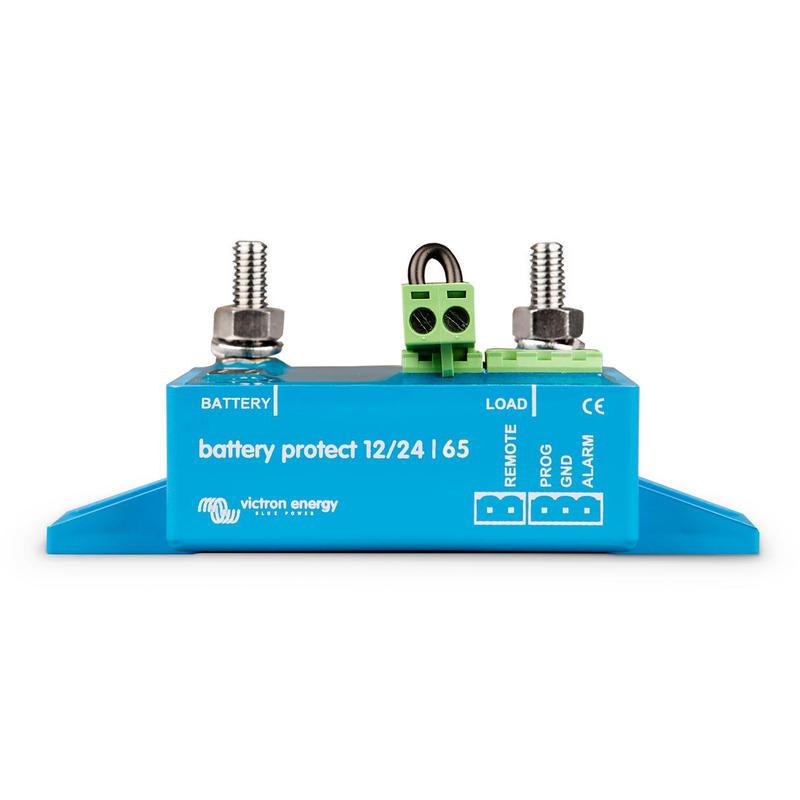 Low Voltage Disconnection
Low Voltage Disconnection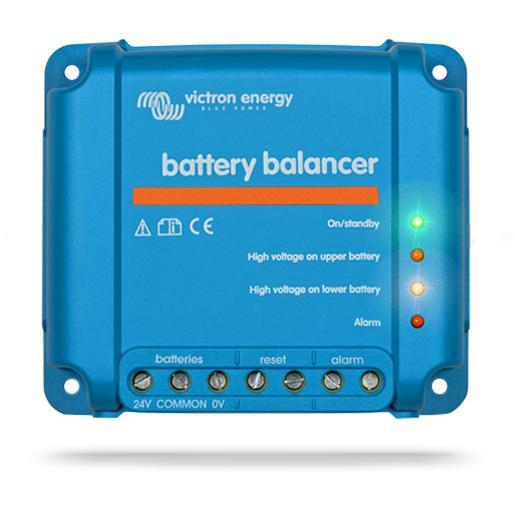 Battery Balancer
Battery Balancer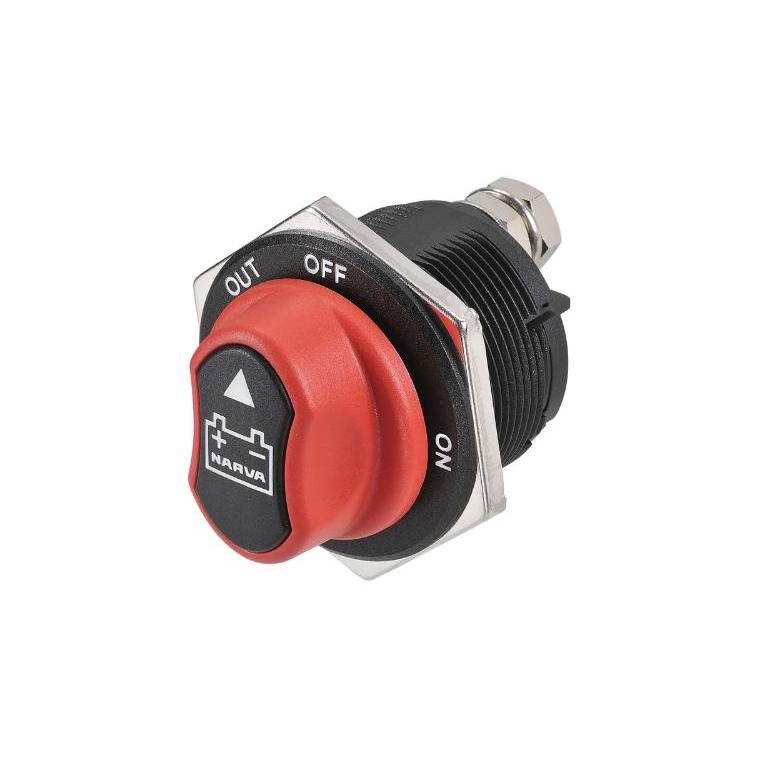 Battery Switches
Battery Switches Power Cables
Power Cables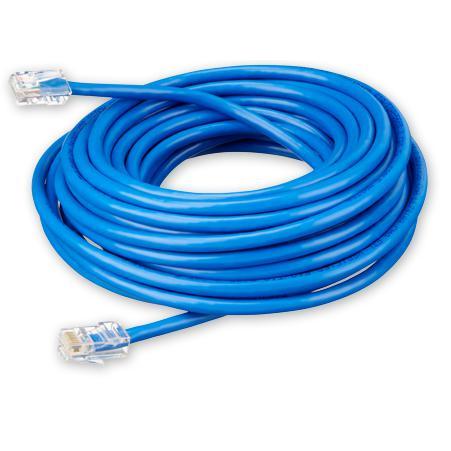 Comms Cables
Comms Cables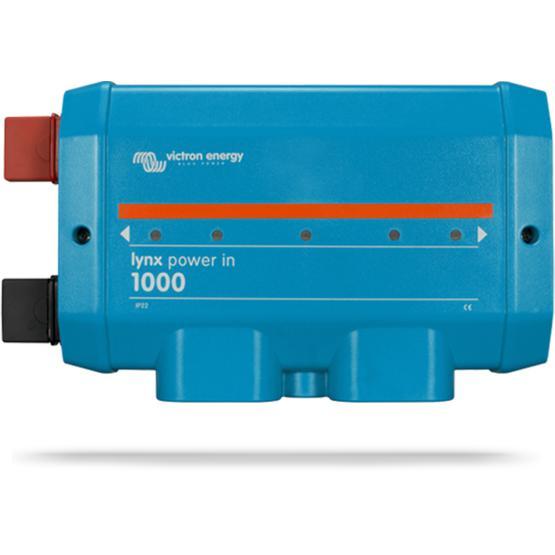 Bus Bars
Bus Bars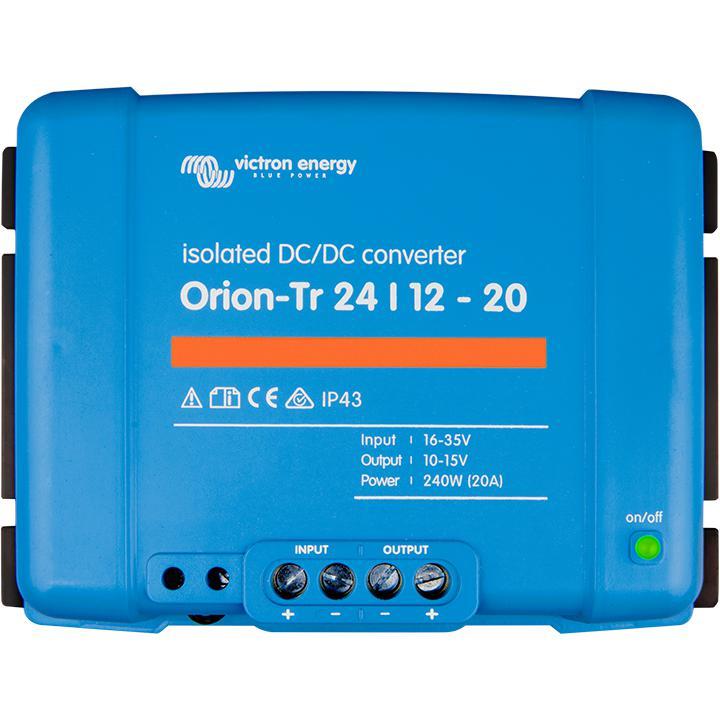 Converters
Converters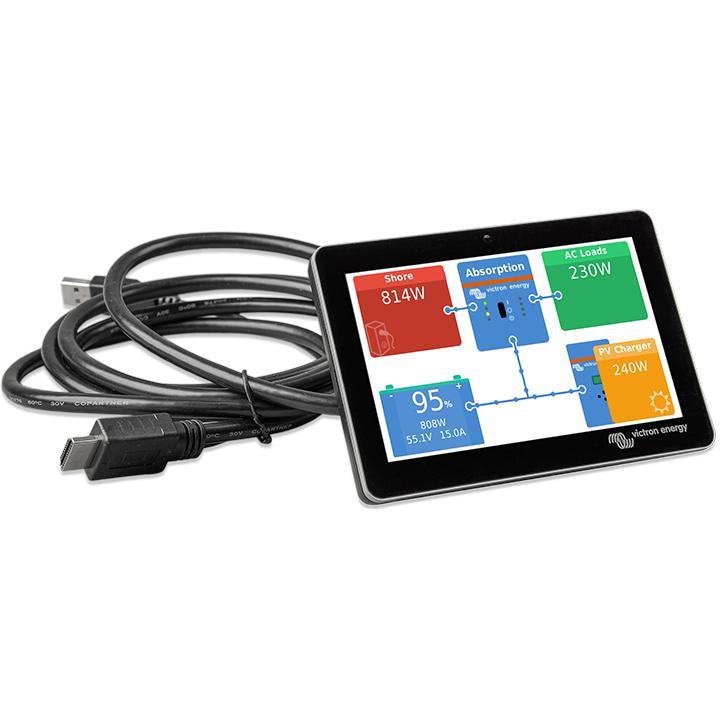 Victron GX Devices
Victron GX Devices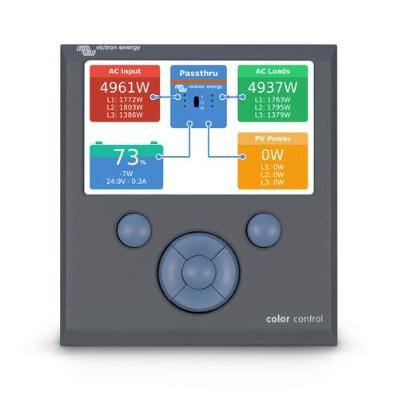 Remote Control Panels
Remote Control Panels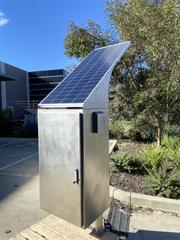 Custom Designs
Custom Designs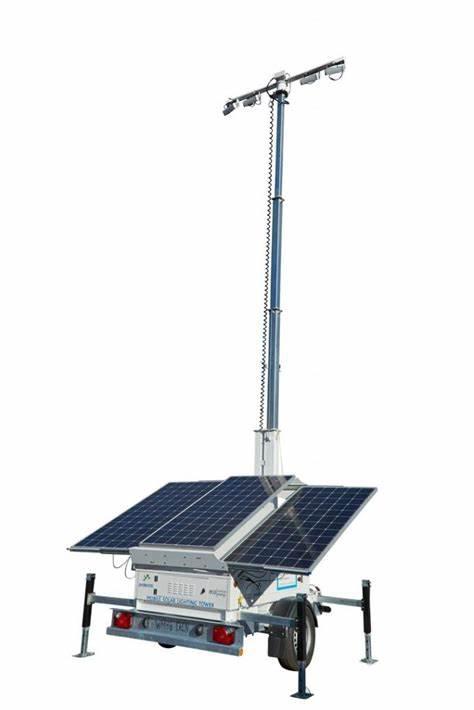 Solar Lighting
Solar Lighting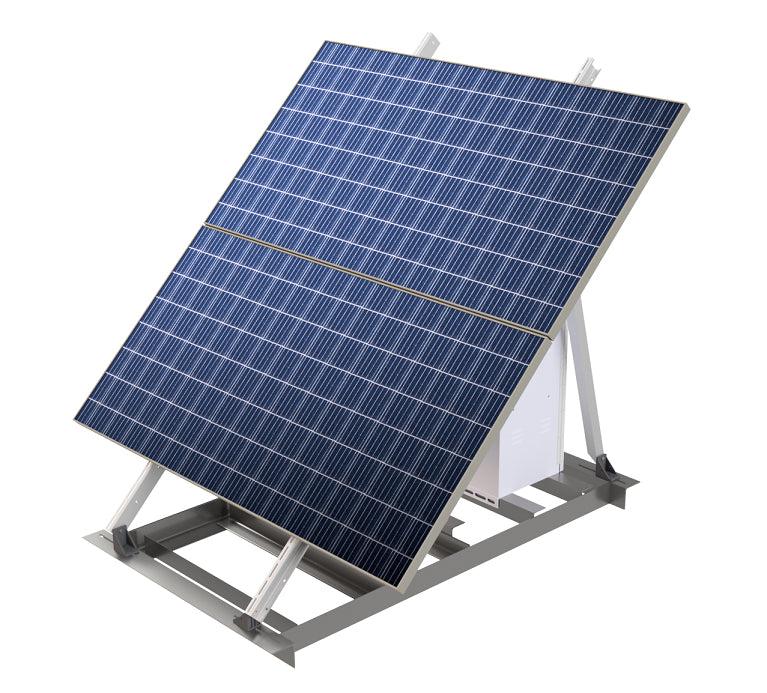 Solar Skids
Solar Skids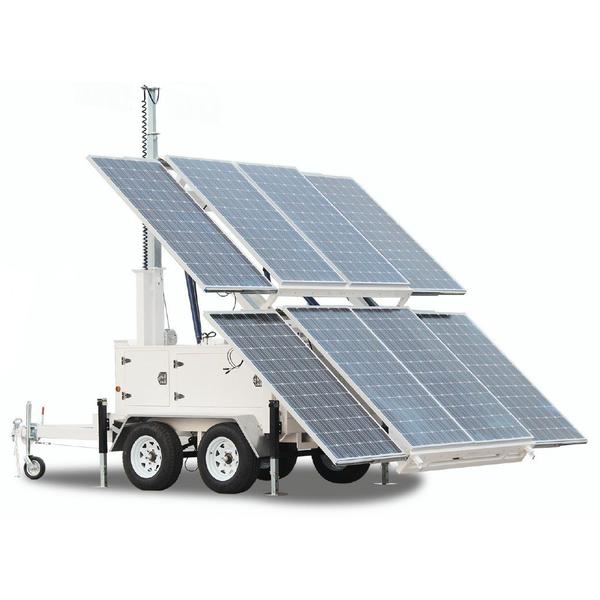 Solar Trailers
Solar Trailers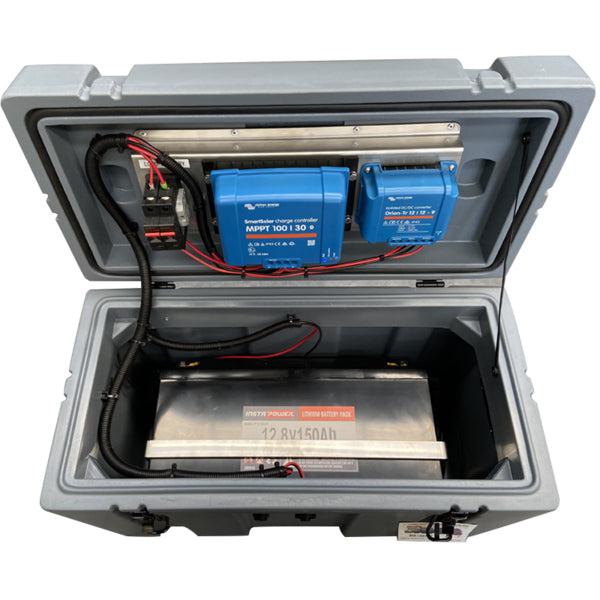 Portable Power Packs
Portable Power Packs Containerised Off Grid Power Systems
Containerised Off Grid Power Systems Cable and Fuse Calculator
Cable and Fuse Calculator Cable Size Calculator
Cable Size Calculator Main Battery Fuse/Isolator Calc
Main Battery Fuse/Isolator Calc Solar Charge Controller Calc
Solar Charge Controller Calc System Size Calculator
System Size Calculator Technical Info
Technical Info How DC/DC Chargers Work: Charging a House Battery from the Alternator
How DC/DC Chargers Work: Charging a House Battery from the Alternator Offgrid Battery Isolator "Loopback" Wiring - What is it and why do you need it?
Offgrid Battery Isolator "Loopback" Wiring - What is it and why do you need it? Shunt-Based Battery Monitoring: A Comprehensive Guide
Shunt-Based Battery Monitoring: A Comprehensive Guide Inverter/Chargers vs. Normal Inverters: A Deep Dive into Technical Details
Inverter/Chargers vs. Normal Inverters: A Deep Dive into Technical Details Understanding Solar Panel Wiring: Series vs. Parallel
Understanding Solar Panel Wiring: Series vs. Parallel RV and Vehicle Kits
RV and Vehicle Kits Small Off-Grid Kits
Small Off-Grid Kits Medium Off-Grid Kits
Medium Off-Grid Kits Large Off-Grid Kits
Large Off-Grid Kits